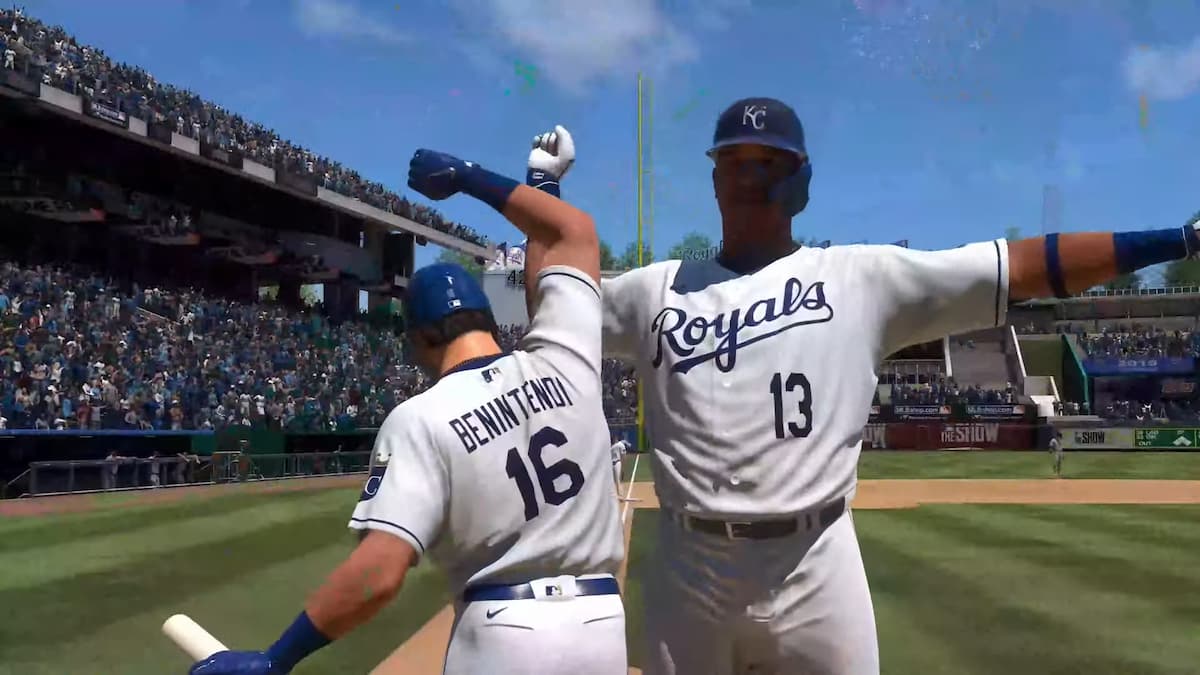MLB The Show 22 Franchise mode will included updates to player metrics and logic, contract updates
Franchise is getting a much-needed upgrade.

Image via San Diego Studios
It’s fair to say that some amongst the MLB The Show community have been fervently waiting for announcements on updates for Franchise mode. Franchise mode has been plagued in recent years by odd trade logic and player evaluation, but it appears that San Diego Studios intends to change that. SDS has released a new Features video blog for MLB The Show 22, outlining many of the changes that are coming for the mode for this year.
Among the new additions laid out by the development team is a refined player metric system. Players will now be valued based upon a weighted formula that takes into account their performance over the past three seasons.
This new metric system will not just affect the values of players in Franchise mode, but also trade logic, as well. CPU teams will now have an increased tendency to hang on to elite players and label those athletes with higher trade demands. Newly-signed free agents will now no longer be traded away in the offseason upon inking a deal, and the new value system will put starting pitchers at a higher value than relievers.
Among some of the other additions include:
- Updated team market sizes
- Player payrolls that are determined based upon 40-man rosters
- Players can now be signed for a maximum of 15 years, and a max average annual value (AAV) of $35M
- Contract demands changed and will be based upon three-year WAR values
- Boosted relief pitcher demands in free agency
- Two-way players can now DH every day that they do not pitch
- Two-way players will re-gain pitching stamina while DHing
- Pitchers that have secondary positions can become two-player if they are the best option to DH
- Arbitration and renewable contracts now based upon new player metrics
- CPU will be more inclined to keep valuable players in organization
- Logic improvements to 40-man roster protection
Additionally, free agency has received a boost. Upcoming free agents will only sign during the exclusive negotiation period if there is a high interest to re-sign. Also, in order to reflect the real-life nature of MLB, many more free agents will now sign after the first 30 days after the start of free agency.